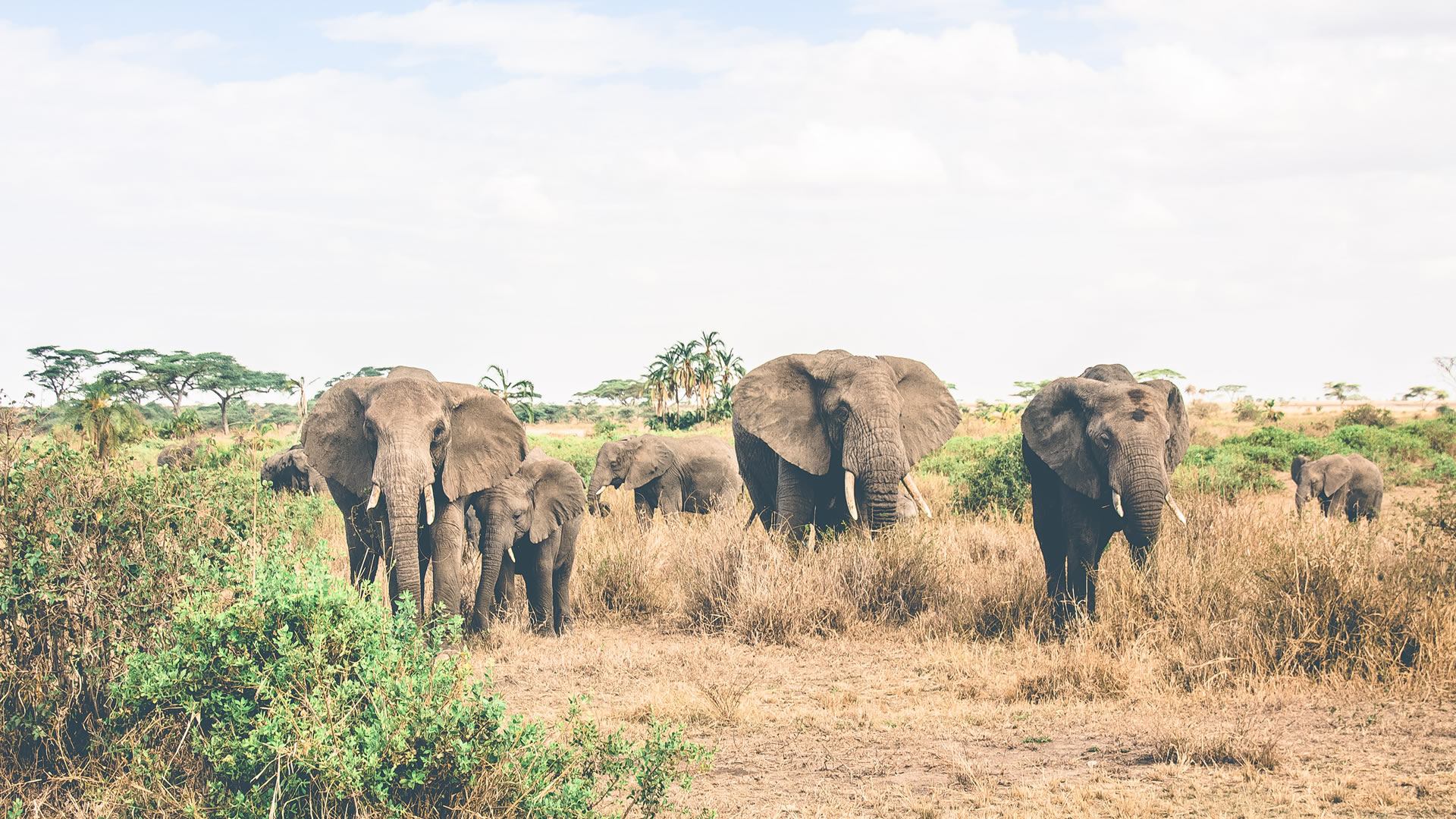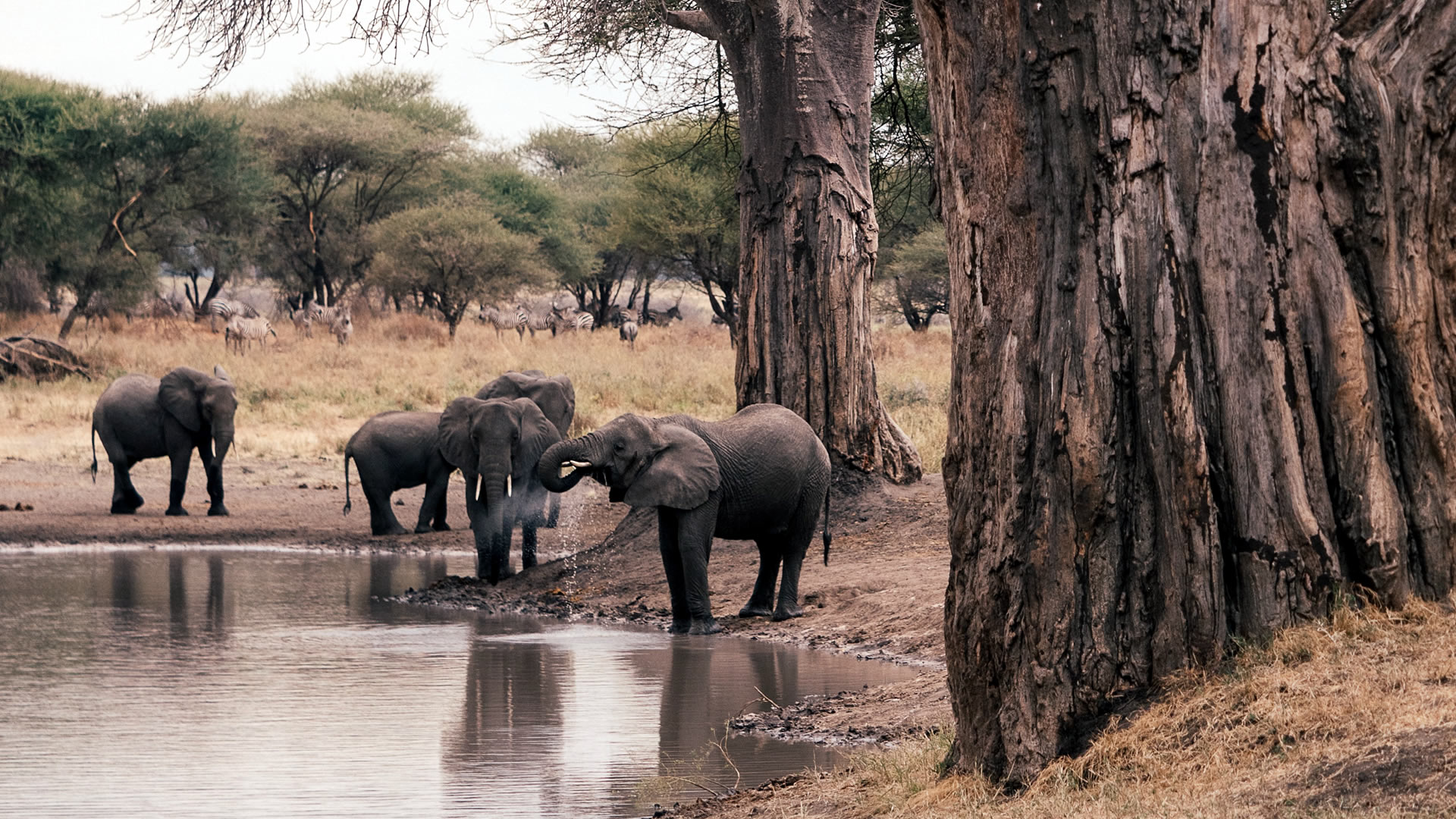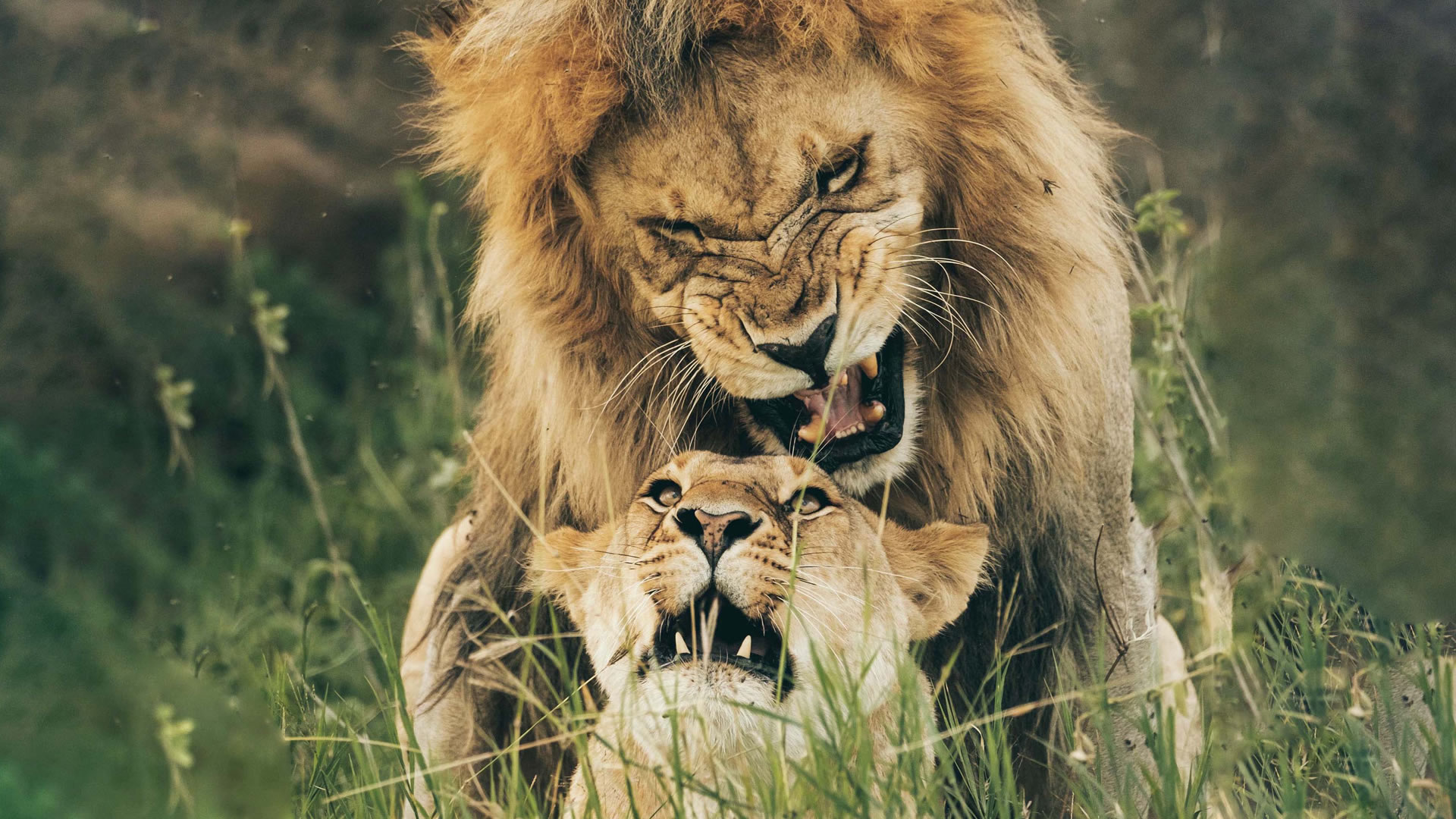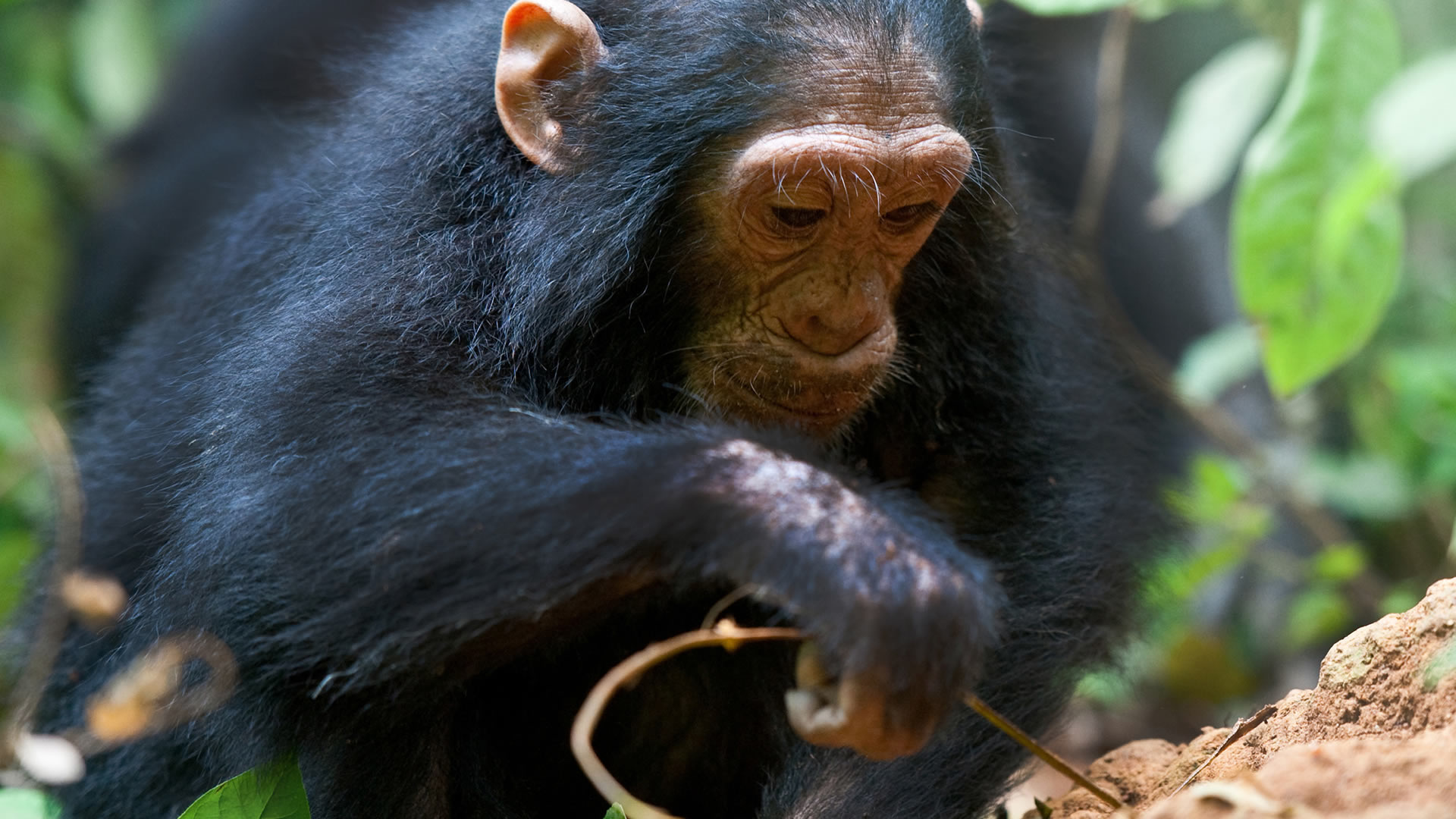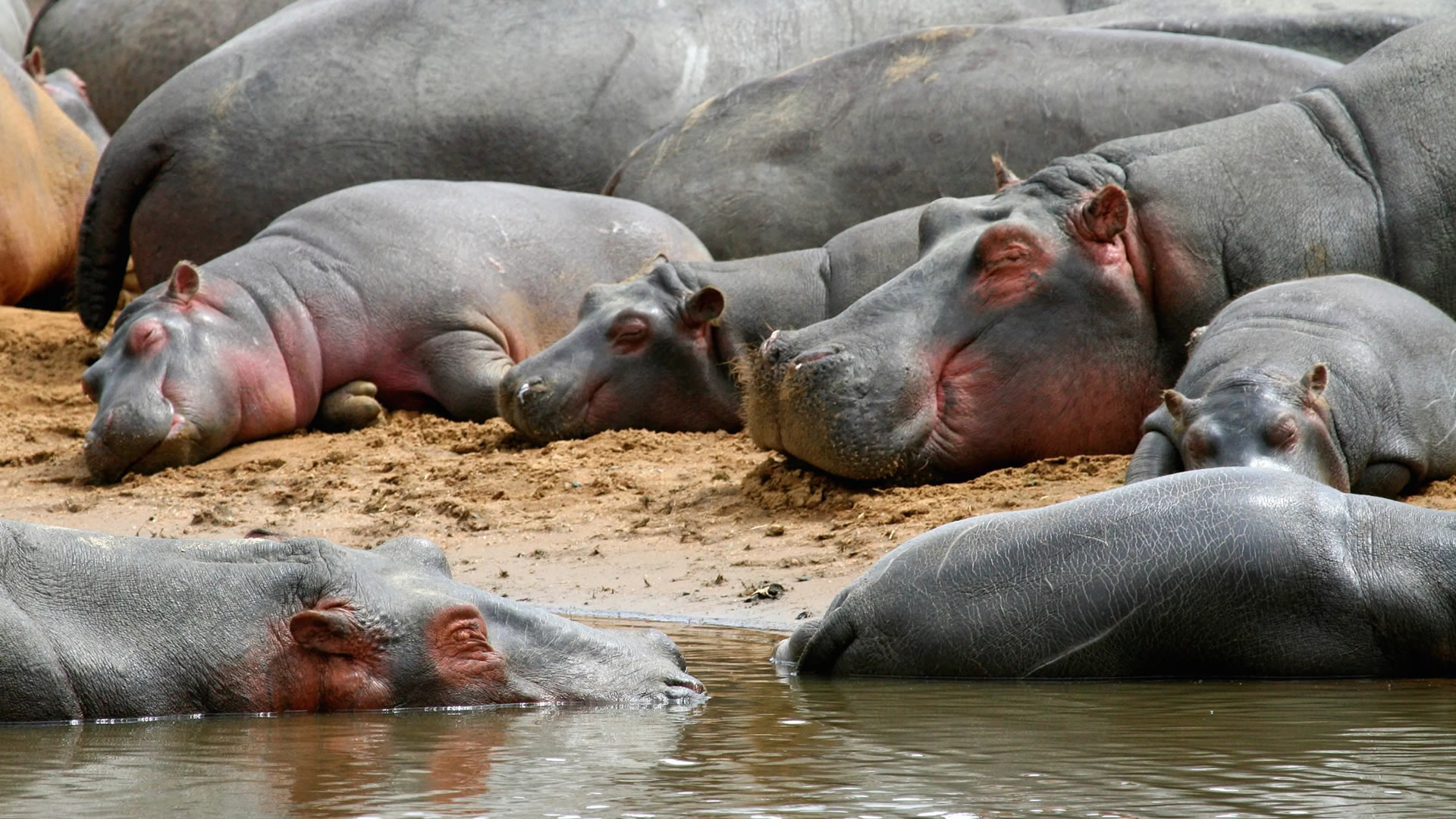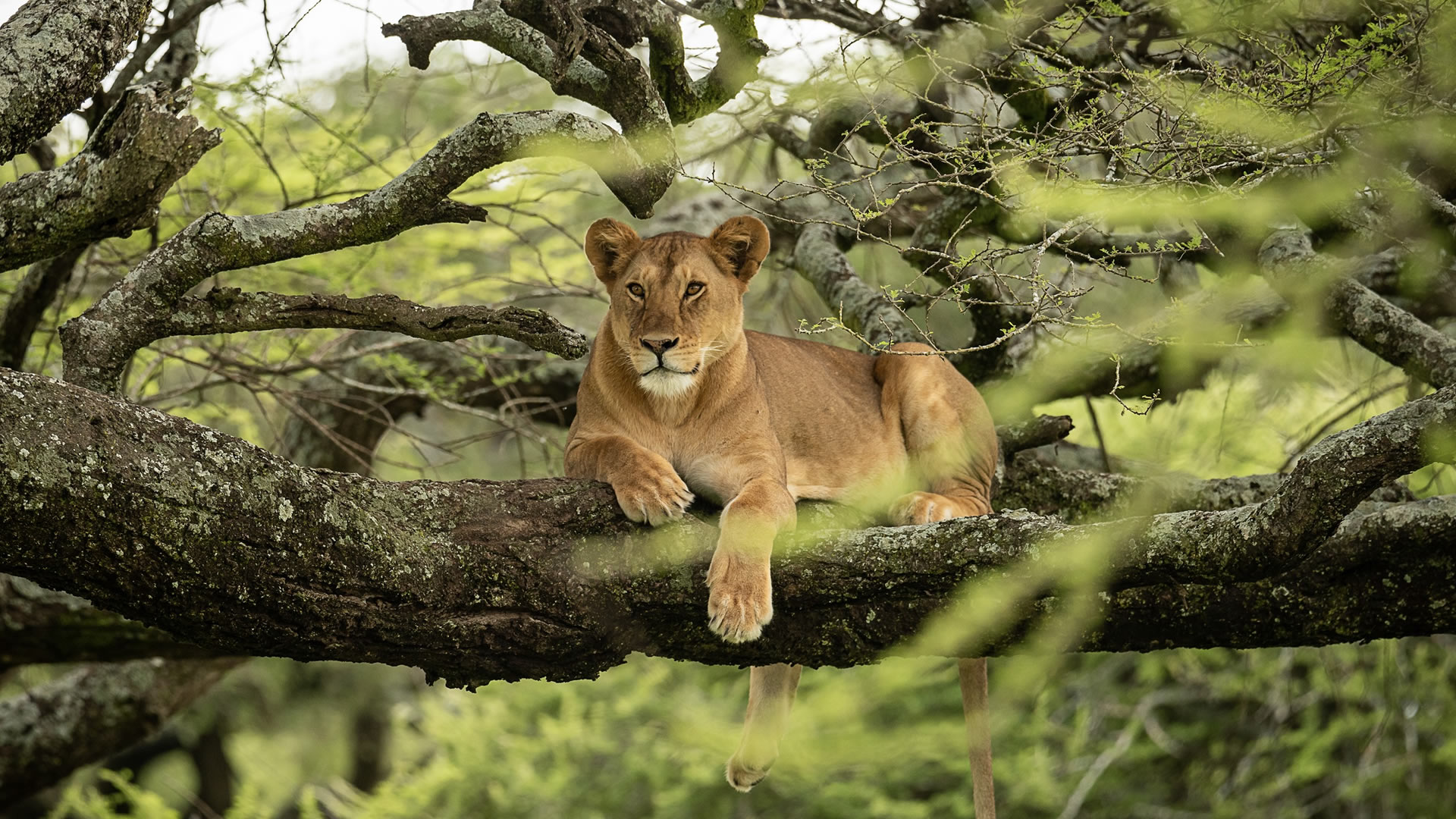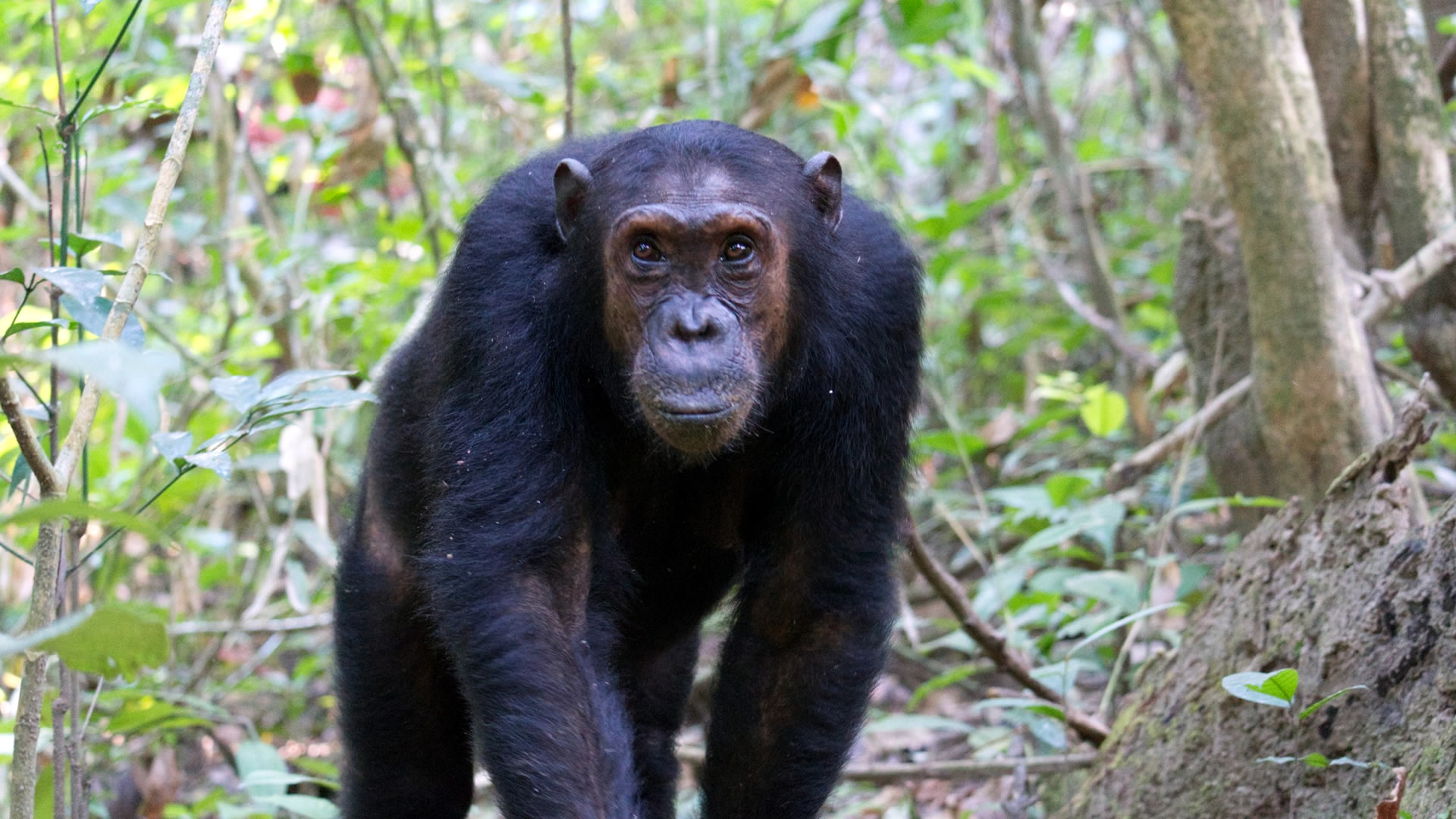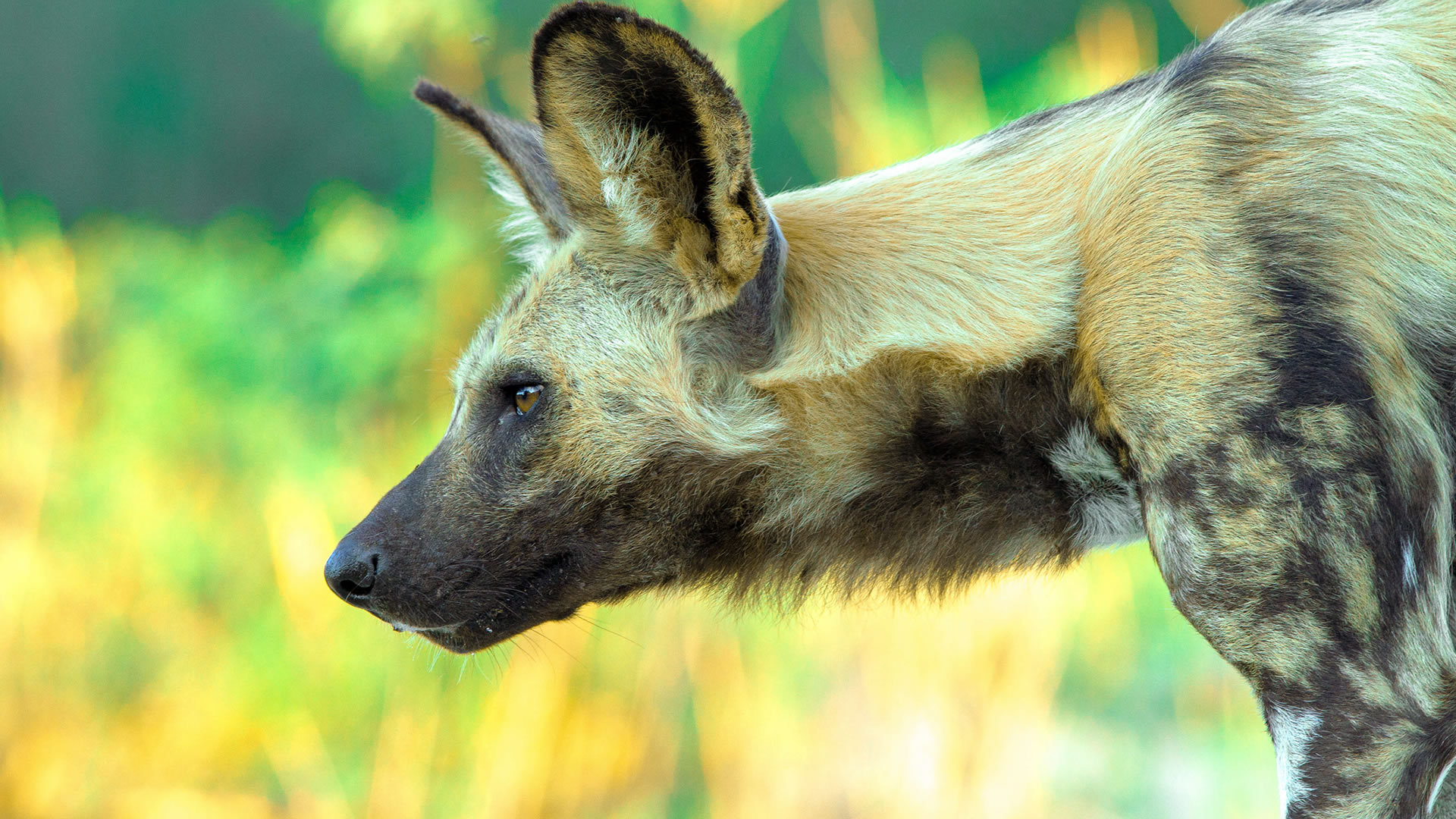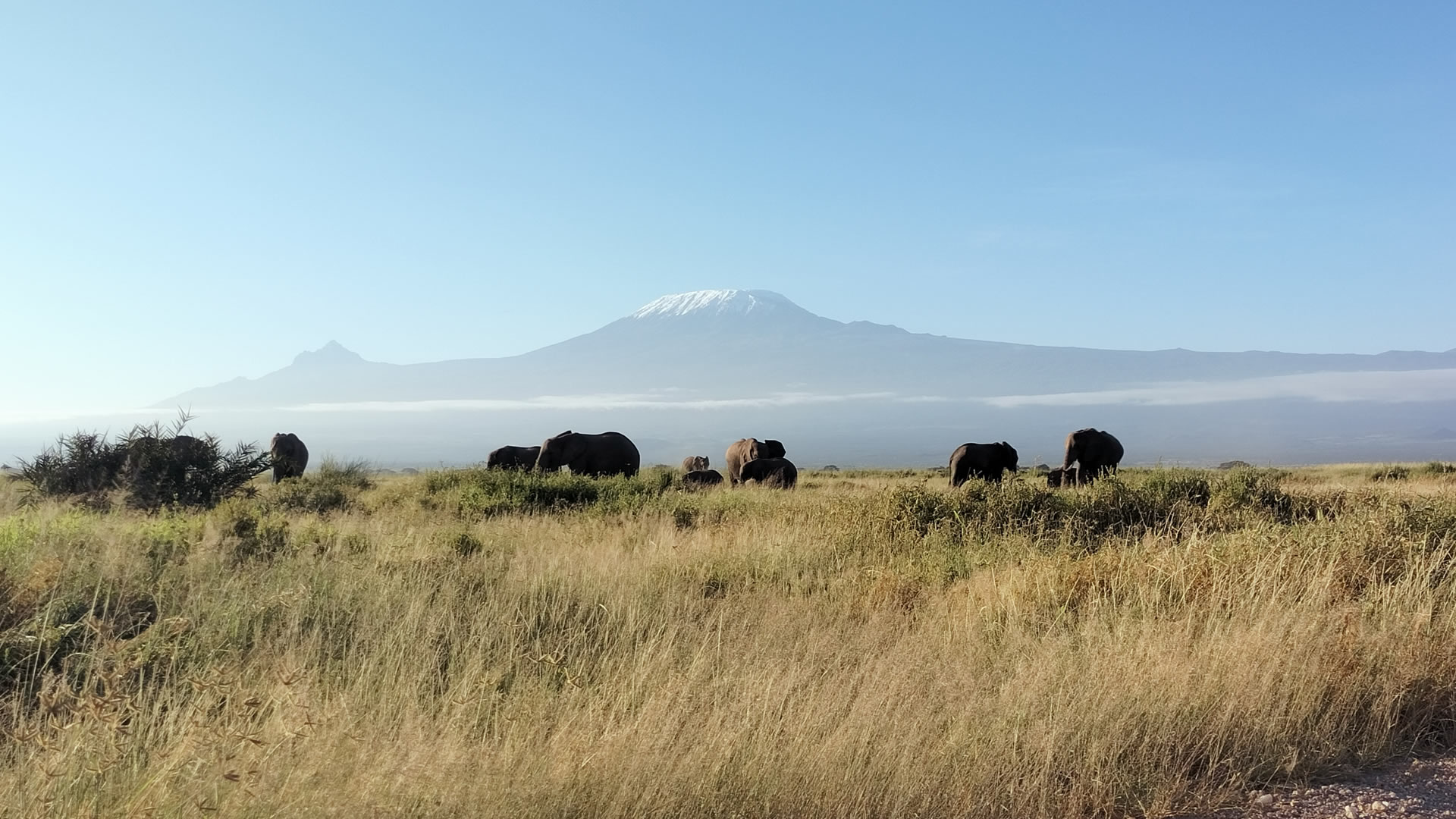Ngorongoro Conservation Area
Ngorongoro Conservation Area ( NCA) is a protected area and a UNESCO World Heritage Site. Ngorongoro attracts global importance due to its biodiversity conservation emanating from threatened wildlife species located west of Arusha Town, 180km ( 110 mi). The area is named after Ngorongoro Crater, the world’s gigantic intact volcanic caldera. The crater is one of the top tourist attraction sites in Ngorongoro. Ngorongoro Conservation Area covers 8,292 square km (3,202 sq mil) and is home to the famous “ Big 5” ( Lion, Leopard, Elephant, Rhino and Buffalo).Other top attractions include The Olduvai Gorge Museum, which exhibits numerous fossils and stone tools, and the Olduvai Gorge, a UNESCO World Heritage Site, the cradle of mankind with a history dating back to 1.6 to 1.8 million years ago. Ngorongoro Conservation Area spans vast savannah woodlands, highland plains, and forests. The wildlife co-exists with the famous Maasai pastoralists practising traditional livestock grazing. The crater and the conservation area offer some of the most magnificent landscapes in Tanzania. Visit the park and witness the magic nature of Ngorongoro.
Ngorongoro Conservation Area
Ngorongoro crater has a variety of wildlife and bird species. When visiting this unique park, you will see animals everywhere, including predators and prey. Animal species include lions, cheetahs, elephants and buffaloes, rhinos, and leopards. Ngorongoro crater is home to the rare species of black rhino, a threatened species worldwide. Around 20 rhinos live in the protected Ngorongoro Crater area. The rhinos are east of Leria Forest, specifically between Lerai and Gorigor Swamp. The best time to see the rhinos is on an early morning game drive before they scatter to feed. The drive into and out of the crater is a thrilling adventure. For a better experience, we advise booking accommodations at the nearby crater Lodges and camps. The crater’s rim has mind-blowing views and is the quickest to access the crater floor if your budget allows it. Staying close to the crater presents an opportunity to descend at the crater at first light to avoid crowds. Access to the crater is restricted between 7:00 a.m. and 4:00 p.m. to control the amount of traffic entering the park and prevent congestion. During lunch, visit Ngorongoro's popular lunch spots with your picnic basket and enjoy while sitting under a tree at the shores of the lake as you watch a sea of hippos and a dazzle of zebras come in and out of the lake.
Wildlife Experience
The Ngorongoro Crater is without a doubt Tanzania’s most productive Big Five destination. The crater floor teems with wildlife, and predator sightings tend to be exceptional. It harbors the world’s densest lion population and spotted hyenas are equally common. Look out for smaller carnivores, such as golden and black-backed jackals and bat-eared foxes. If you’re lucky, you might also see a serval hunting small rodents or birds. Most safari heavyweights are well represented in the crater. Black rhino is the star attraction and big numbers of buffalo sweep across the grassy plains. Elephant herds rarely come through, but many lone bulls carrying massive tusks have made the crater floor their home. Although giraffes are common in the greater conservation area, you won’t find any inside of the crater. Presumably the steep walls form a natural barrier for them.
Birdlife Experience
There is excellent birding to be had in the Ngorongoro Crater. Even from a great distance, you’ll see flocks of pink flamingos in Lake Magadi. Come closer, and you’ll also spot ducks, herons, storks and waders. The crater’s most noticeable grassland residents include ostrich, kori bustard, grey crowned crane, secretary bird and rosy-throated longclaw. Be careful at the picnic spot: black kites are adept at swooping down to steal people’s lunch out of their hands. The forested crater rim has its own birdlife. Specials include white-eyed slaty flycatcher, Schalow’s turaco and several high-altitude sunbird species. Migratory birds are present from November to April. Although the birdlife in the Ngorongoro Crater is good throughout the year, the variety is greatest from November to April when Palearctic and intra-African migratory species are present, and many resident birds are in breeding plumage. The best time to watch wildlife is during the Dry season, which is June to October.
Locate the Ngorongoro Conservation Area
Getting There
By Air: You can access Ngorongoro by flying directly from the UK to Kilimanjaro International Airport (JRO) or connecting via Jomo Kenyatta International Airport (JKIA) Nairobi or Julius Nyerere International Airport(DAR) in Dar es Salaam for international flights. There are no flights to Ngorongoro, but one can board a domestic flight from Arusha to Lake Manyara Airstrip, which takes approximately 40 minutes. Then, proceed on a 1-hour drive from Manyara to the Ngorongoro area. You should note that most international flights arrive at night at Kilimanjaro airport. Therefore, an overnight in Arusha is recommended.
By Road: The Ngorongoro Conservation Area is approximately 185km from Arusha by road. The trips take between 3.5-4hrs. Most tourists prefer to go on safari by road.
Best time to visit
Ngorongoro is an all-year-round wildlife conservation area that one can visit any time due to various attraction sites, including museums. The crater gets chilly between June and August, so wear warm clothing.
Dry Season: June to October is a dry season, otherwise known as the peak season/high season; this is a prime season for visiting the Ngorongoro Conservation Area.
December to February are also terrific times to visit Ngorongoro. It is also a calving season of the wildebeest, which follows the rains. At least 8,000 baby wildebeest are born every day during the calving season.
Wet Seasons: November to December and March to May: The months are not pleasant for visiting the park due to short rains in November and long rains from March to May.

